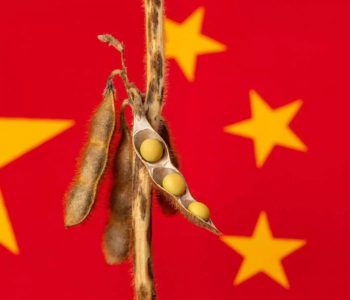China’s soybean imports are expected to rise according to a recent forecast. The growth of the animal protein sector is expected to increase China’s soybean imports by approximately 97 million tonnes for the 2023 to 2024 marketing year.Additionally, according to Global Agricultural Information Network report from the Foreign Agricultural Service (FAS) of the US Department of Agriculture (USDA) it is also expected to eliminate the Covid-related restrictions to expand overall oilseed consumption.
The report indicated that, based on data from the General Administration of Customs China, imports have surged following the government’s removal of zero-COVID-19 policies in December. Reaching a combined 16.2 million tonnes in January and February, which represents a 16% year-on-year increase.
- China is projected to import 96 million tonnes of soybeans in 2022-23.
Meanwhile, China continues to emphasize greater domestic oilseed production, especially soybeans. Following significant gains in harvested area and production in 2022-23, more modest gains are forecast in 2023-24, according to the USDA. China’s soybean output for 2023-24 is forecast at 19.8 million tonnes, while harvested area is projected at 10 million hectares.
“The extent to which area and production are maintained or increased will largely depend on subsidy levels provided for planting soybeans compared to corn,” the USDA said.
Soybean crush volume is forecast at 95 million tonnes in 2023-24, compared with an estimated 94 million this year, the report said.
- Total protein meal feed use is forecast to increase 1.4% year-on-year to 98.1 million tonnes.
- The USDA noted that relatively high prices for soybean meal and low returns in the swine and poultry sector continue to disadvantage soybean meal inclusion in feed.
On the other hand, Gro Intelligence reported, “China’s soaring import volumes of grains and soybeans continued into 2023, with Brazil, for the first time, contributing a double-digit share of corn shipments. With China seeking to diversify food purchases away from the US, the Asian country is expected to rely on Brazil to meet its growing import demand increasingly.”
